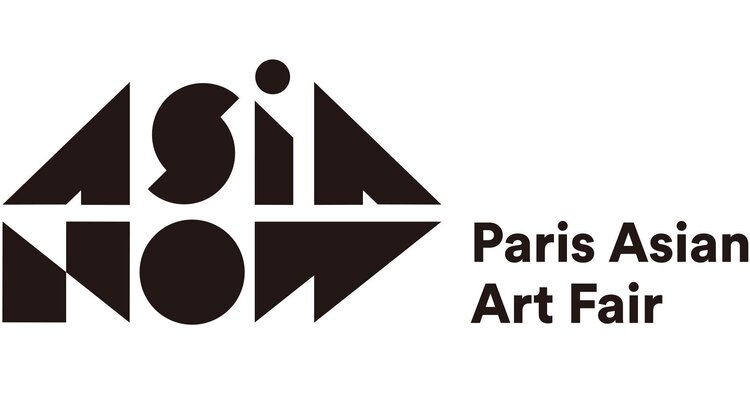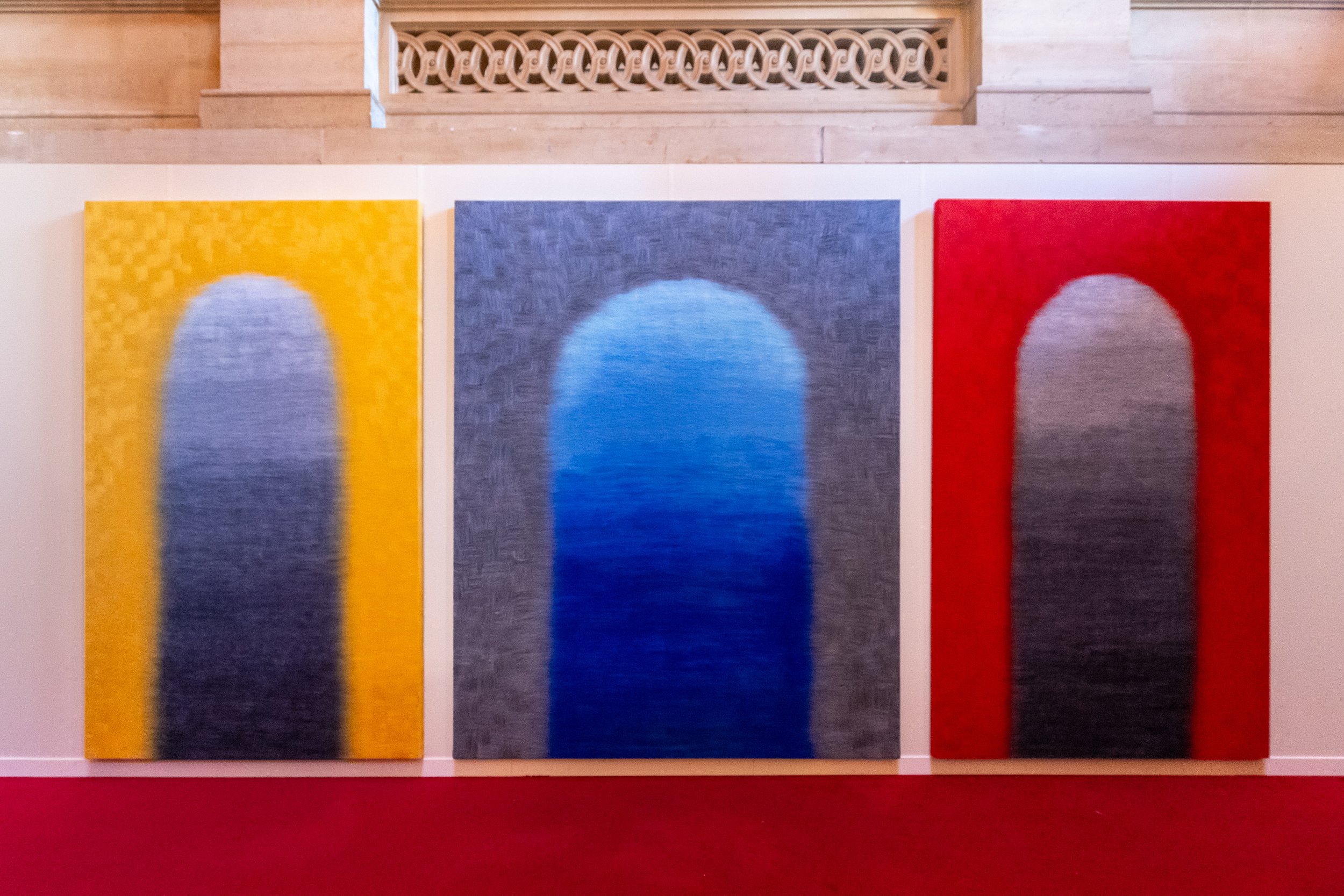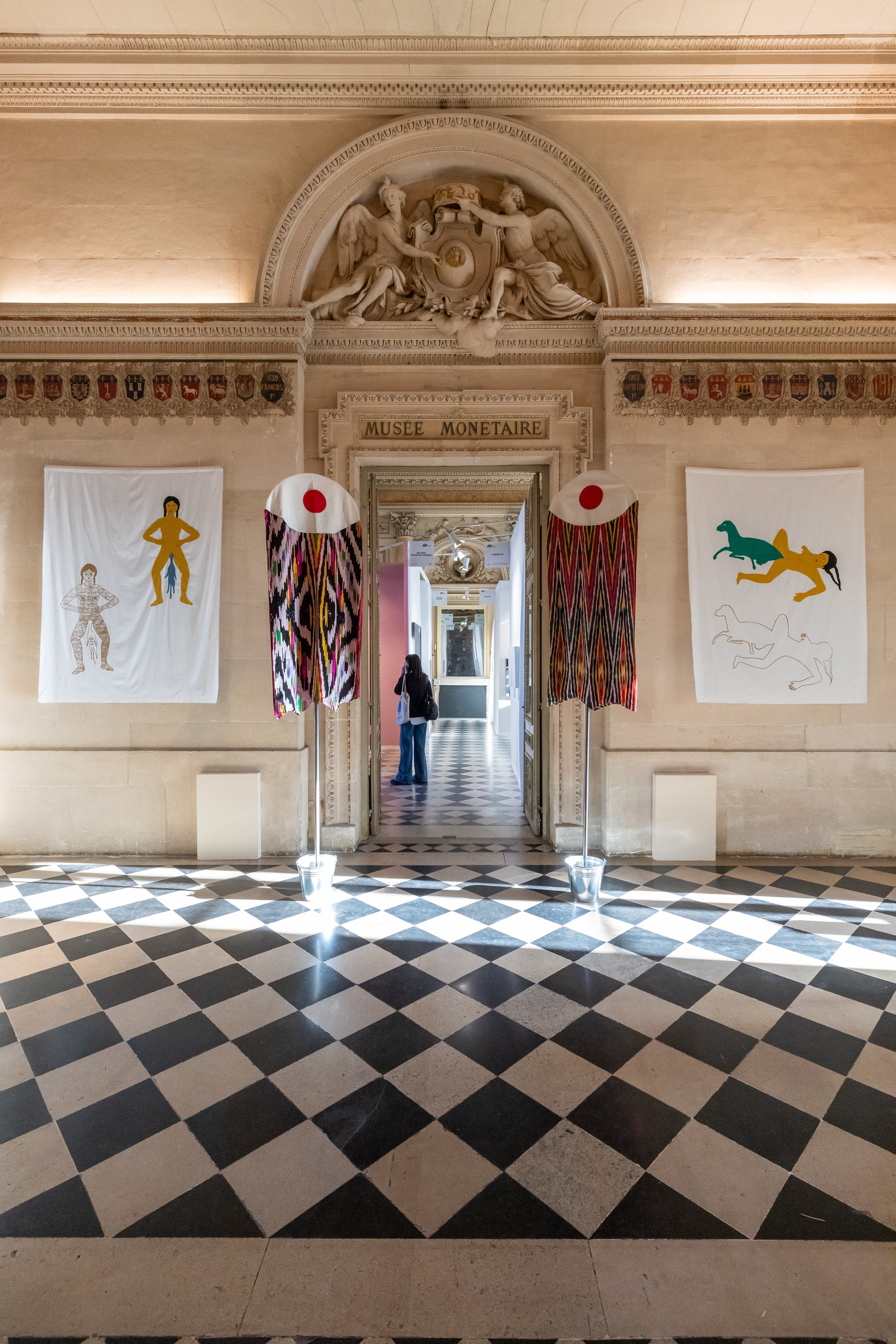Asia NOW 10TH EDITION:
October 17-20, 2024 · Monnaie de Paris
The Asia NOW - Paris Asian Art Fair celebrated its 9th edition from October 20 to October 22 2023 at the Monnaie de Paris.
Asia NOW had selected 66 galerie ,5 non profit art spaces, leading contemporary art galleries from all over the world, presenting more than 220 artists coming from 26 territories from all over Asia and its diaspora, stretching from Central Asia to Asia-Pacific, including West, South, South-East, and East Asia.
Slavs and Tatars_Photo Ⓒ Lionnel Belluteau
We are thrilled to announce that Slavs and Tatars have become the first artists to take over as Guest Curators for the 9th edition of Asia NOW.
Slavs and Tatars_Photo Ⓒ Lionnel Belluteau
Slavs and Tatars is an internationally renowned art collective devoted to an area East of the former Berlin Wall and West of the Great Wall of China known as Eurasia. Since its inception in 2006, the collective has shown a keen grasp of polemical issues in society, clearing new paths for contemporary discourse via a wholly idiosyncratic form of knowledge production: including popular culture, spiritual and esoteric traditions, oral histories, modern myths, as well as scholarly research. Their work has been the subject of solo exhibitions at institution across the globe, including the Vienna Secession; MoMA, New York; Salt, Istanbul; Albertinum Dresden; Centre Pompidou Metz amongst others.
The collective’s practice is based on three activities: exhibitions, publications, and lecture-performances. The collective has published more than twelve books to date, including most recently Лук Бук (Look Book) with Distanz Verlag. In 2020, Slavs and Tatars opened Pickle Bar, a slavic aperitivo bar-cum-project space a few doors down from their studio in the Moabit district of Berlin.
Pickle Bar has explored topics such as the legacy of Socialist children’s books, queer slangs and dialects, and crafts as decolonial practices with artists, performers, scholars and poets. For the first time in France, Pickle Bar was invited recently by Radicants to offers a slavic version of the aperitivo bar: inviting Parisians to participate in a curated program of performances with artists from Eastern Europe and the Caucasus while enjoying a fermented beverage or bite. For several years, Slavs and Tatars have been interested in fermentation both literally and conceptually: as a means of political agency, using notions such as the spoiled and the soured. After all, fermentation preserves through its opposite – rotting – allowing us to move beyond the binary thinking of the Enlightenment whether it’s ‘East vs West’, ‘local vs global’, or ‘tradition vs modernity’.
They have developed their curatorial practice, including elements of mentoring, of support and of collaboration with other artists, through invitations from international cultural institutions, and to the most prescriptive of artistic event.
Slavs and Tatars_Photo Ⓒ Lionnel Belluteau
The exhibition proposed by Slavs and Tatars will bring together 14 artists from Central Asia working on textiles as a means of better understanding questions of crafts, identity and information. A reading room and a Chaikhaneh (tea salon) will act as further activation spaces for gathering, whether discursive or gustatory.
It embodies and resonates with the issues highlighted by this edition. This includes an attention to emerging art scenes, a reevaluation of the relationship between craft and art, and the collective dimension of the artistic practice and experience.
By their very nature, textiles contain multitudes. This is true both in their production through the web and warp of several threads–as well as in their genealogy–through the transfer of collective knowledge and skills. The ikat of Central Asia adds a further element–via multiple rounds of dyeing–to this understanding of quantities, of abundance, of excess. What often results is a shimmer effect–as the threads are dyed prior to weaving and perfectly aligning them becomes a near impossible feat–in essence, a blur, but one which is sought after, coveted and prized.
The weaving of ikats is called abr-bandi, an Persianate term originally, meaning “to tie clouds.” Seen from the perch of the early 21st century, in the thick of the information age, the cloud-tying of ikats suggests another horizon: one of data and digitalization as much as one of dyes and fabric.
Slavs and Tatars_Photo Ⓒ Lionnel Belluteau





